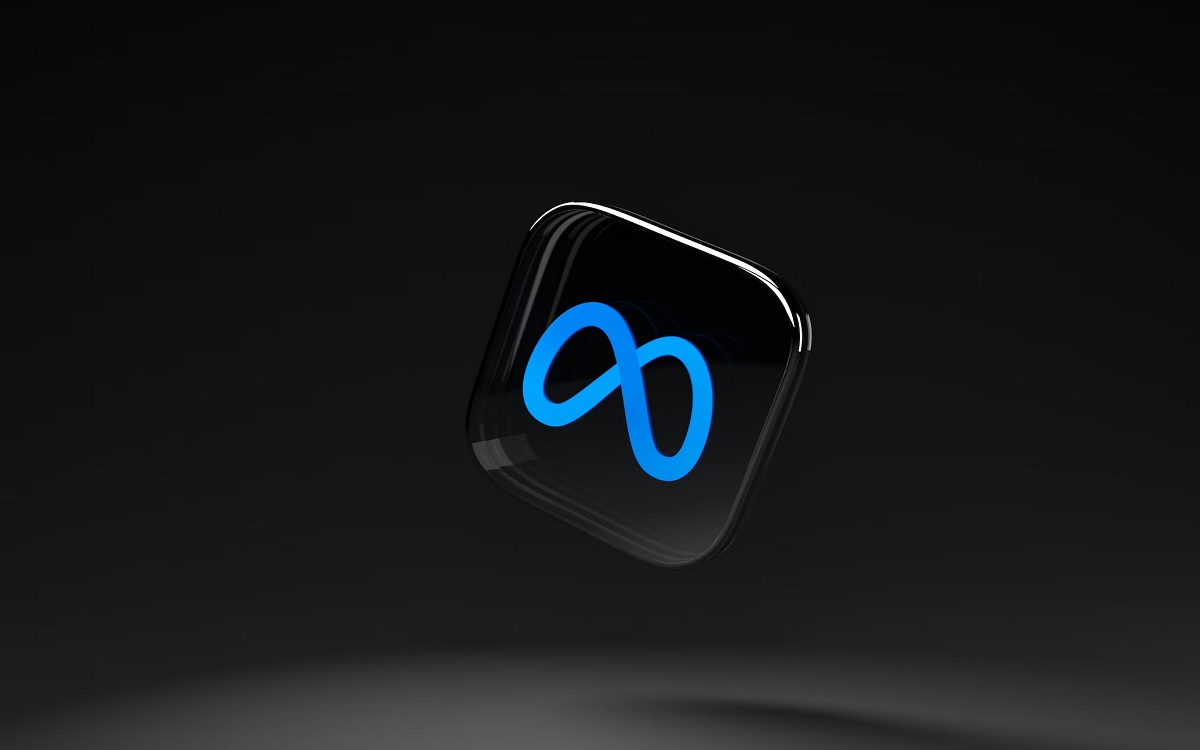
Meta has unveiled details about its AI training infrastructure, revealing that it currently relies on almost 50,000 Nvidia H100 GPUs to train its open source Llama 3 LLM.
The company says it will have over 350,000 Nvidia H100 GPUs in service by the end of 2024, and the computing power equivalent to nearly 600,000 H100s when combined with hardware from other sources.
The figures were revealed as Meta shared details on its 24,576-GPU data center scale clusters.
Meta's own AI chips
The company explained “These clusters support our current and next generation AI models, including Llama 3, the successor to Llama 2, our publicly released LLM, as well as AI research and development across GenAI and other areas.“
The clusters are built on Grand Teton (named after the National Park in Wyoming), an in-house-designed, open GPU hardware platform. Grand Teton integrates power, control, compute, and fabric interfaces into a single chassis for better overall performance and scalability.
The clusters also feature high-performance network fabrics, enabling them to support larger and more complex models than before. Meta says one cluster uses a remote direct memory access network fabric solution based on the Arista 7800, while the other features an NVIDIA Quantum2 InfiniBand fabric. Both solutions interconnect 400 Gbps endpoints.
"The efficiency of the high-performance network fabrics within these clusters, some of the key storage decisions, combined with the 24,576 NVIDIA Tensor Core H100 GPUs in each, allow both cluster versions to support models larger and more complex than that could be supported in the RSC and pave the way for advancements in GenAI product development and AI research," Meta said.
Storage is another critical aspect of AI training, and Meta has developed a Linux Filesystem in Userspace backed by a version of its 'Tectonic' distributed storage solution optimized for Flash media. This solution reportedly enables thousands of GPUs to save and load checkpoints in a synchronized fashion, in addition to "providing a flexible and high-throughput exabyte scale storage required for data loading".
While the company's current AI infrastructure relies heavily on Nvidia GPUs, it's unclear how long this will continue. As Meta continues to evolve its AI capabilities, it will inevitably focus on developing and producing more of its own hardware. Meta has already announced plans to use its own AI chips, called Artemis, in servers this year, and the company previously revealed it was getting ready to manufacture custom RISC-V silicon.







